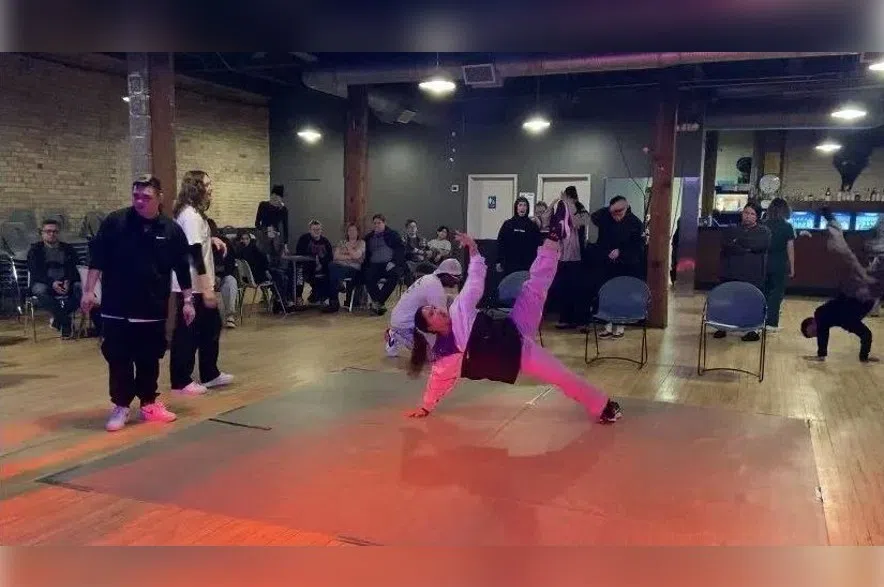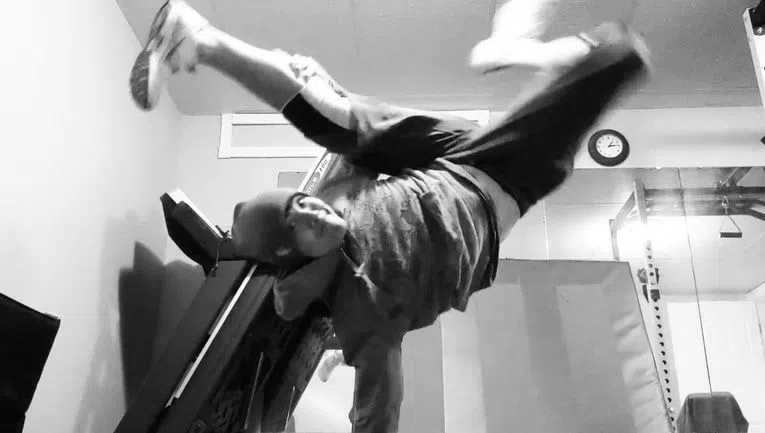It’s a major win for Canada’s dance community.
Break dancing, known as breaking, just debuted on the world stage at the Olympics and Canada’s own Phil “Wizard” Kim took home the gold medal.
For former b-boy Jason Truong of Regina seeing breaking in the spotlight is a massive deal.
“I think it’s actually really cool,” he said. “It’s something I’ve done for so many years, so it’s a special thing to me. To see it at the grand stage at the Olympics is pretty neat.”
Breaking was featured at the Summer Youth Olympic Games in Buenos Aires in 2018. Following its success in Brazil, it was added to the Paris 2024 Olympics.
Truong said he was pleasantly surprised by this.
“I never did expect it, to be honest,” he said. “When you think Olympics everything is so technical. With breaking there’s such a creative element to it. So it’s just interesting to see how they’re going to do that because it’s a lot of self-expression.”
He started breaking in his senior year of high school. He was also doing martial arts at the time but wanted a break and needed something to keep his agility.
All it took was watching the music video for RUN DMC’s “It’s Like That,” where he was introduced to breaking and the b-boy, or breaking-boy, concept. It inspired him to try it out.
“I reached out to a buddy of mine and we started breaking in my basement as something to do,” he said. “It sort of took off from there and became something a lot bigger than I expected.”
He went on to teach breaking classes for 10 years. He also formed a crew called Solid Stylz who performed around the city.
Breaking is a dance style that first started in the Bronx in New York in the mid 1970s. It was a form of street dance culture but has since grown into a much larger global phenomenon.
The Olympics showcased two events: b-boys and b-girls. They competed in a 1-on-1 battle, with two or three rounds of 60 seconds on a 6mx6m dance floor. A DJ spins the music but the dancers do not know the tracks before the battle. The dances are completely freestyle.
A dance has four main elements:
- A top rock — everything the dancer does before they move to footwork.
- Footwork — the complex moves dancers do on their hands and feet on the floor.
- Power moves — the super dynamic moves like spinning on your head or hands.
- A freeze — a dramatic pose, usually a punctuation at the end of a combo.
The judges choose their favourite dancer based on technique, vocabulary (which moves a dancer uses), originality, execution and musicality. The dancer who is the victor in the most rounds based on that criteria wins the battle.
READ MORE:
- ‘It’s a party:’ Regina hip-hop dance battle
- Hip hop and spoken word poetry celebrated by Sask. Indigenous artist
- How did Sask. athletes get on at the 2024 Olympics?
Truong explains how a dancer might win a battle.
“You’re trying to one-up your opponent,” he said. “It’s based on complexity of moves and making sure you’re hitting the beats. You can’t just be doing moves without listening to the music.
“And, of course, how creative are you? Are you doing a basic step or adding your own flair to it? There’s loads of elements.”
Truong a big fan of the 27-year-old Phil Wizard, who is from Vancouver.
“Phil has come on the scene pretty strong in the past few years,” he said. He’s quite impressive. I really enjoy his style.”
Truong hopes that this major win for Canada will put breaking on the map.
“It’s something that will pull b-boying into the mainstream,” he said.
“It’s always been a bit of an underground world. To bring it into the limelight with something like the Olympics is fantastic. I hope it grows the sport, and I’m really excited to see where it goes from here.”
Truong said anyone who wanted to get into breaking should just get out and give it a try.
“Get yourself a piece of cardboard or linoleum,” he said. “Pull a few friends together and just start training.”
READ MORE:












